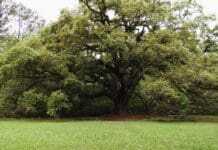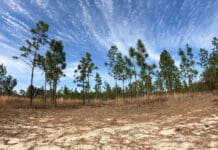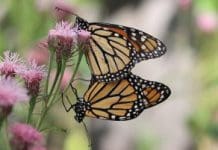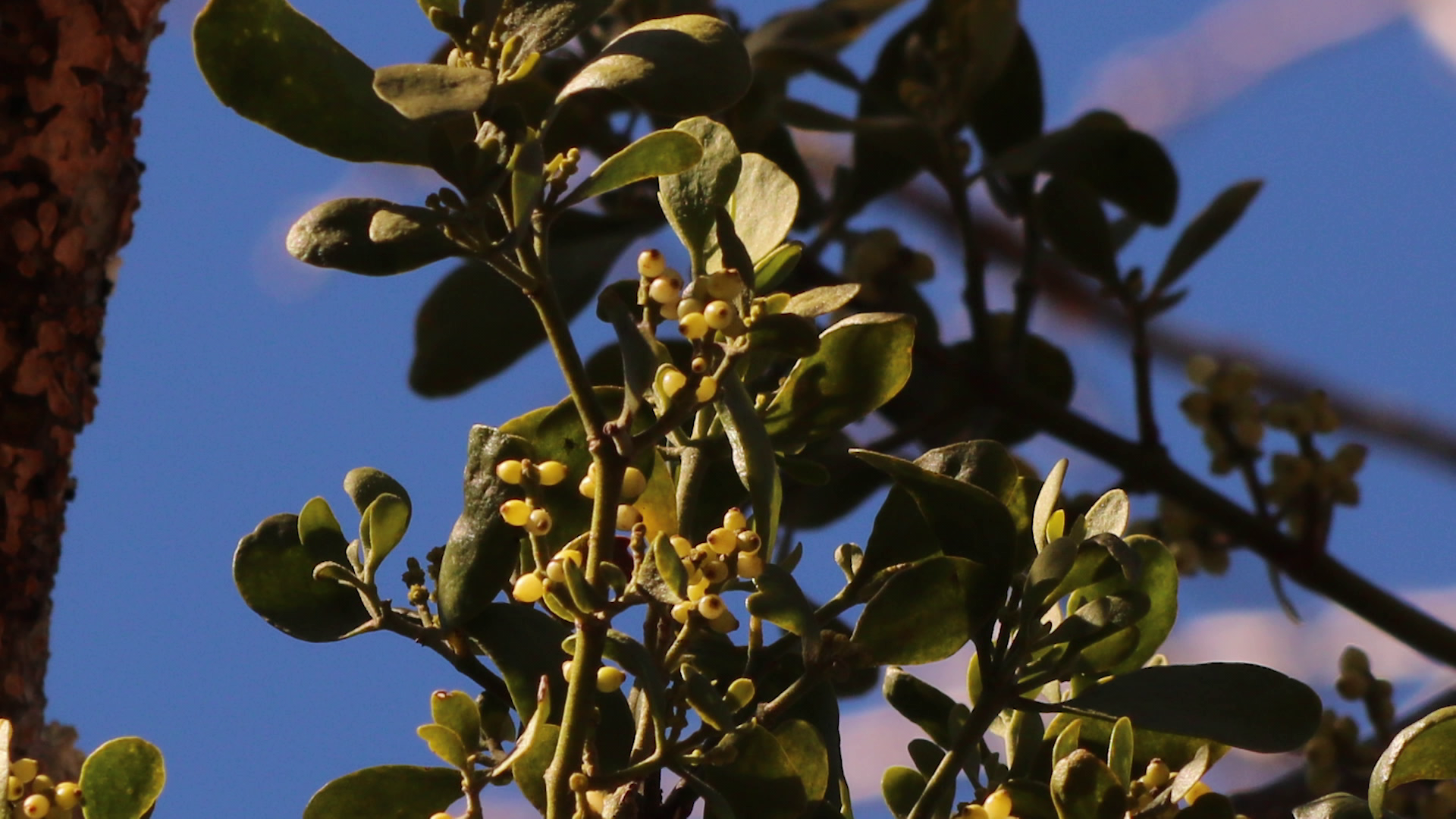

In 2019, WFSU discovered a special species of Mistletoe in the trees outside our building. It’s Latin name is Phoradendron leucarpum, or oak mistletoe (also known as American mistletoe). WFSU’s Rob Diaz de Villegas explores why it is considered a parasite.
Mistletoe | A Parasite for the Holidays (But Maybe We Like it Anyway?)
In late 2019, WFSU-FM News Director Lynn Hatter came into my office. She excitedly told me that there was mistletoe growing in the trees outside. Mistletoe! And here we are in early December, at the right time for a cute holiday plant story. Neither of us knew much about the plant. Was it native? So many Christmas traditions are European, and so wouldn’t the plant be?
We went outside the building, to three mostly leafless oak trees by the front parking lot. I photographed a few clumps of green growing in these trees, and uploaded the photos to iNaturalist. These were Phoradendron leucarpum, or oak mistletoe (also known as American mistletoe). I looked it up, and this was indeed the species of mistletoe we hang at Christmastime. And yes, it is native, but, oh no- it’s also a parasite.
Bah humbug.
Was this a plant we liked or wanted taken out? I called Leon County-UF/IFAS Extension Agent Mark Tancig for help.
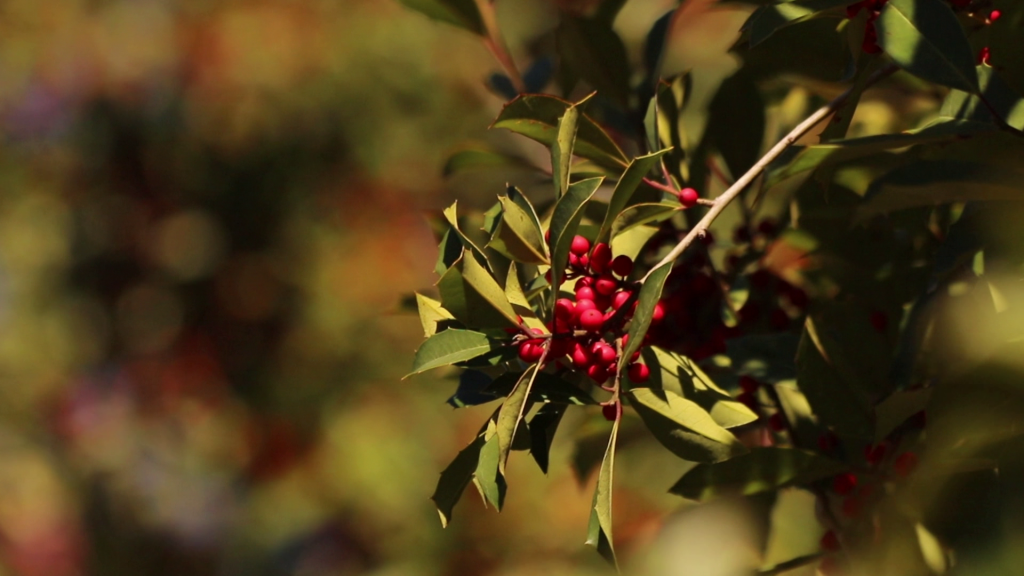

Rob Diaz de Villegas is a senior producer for television at WFSU Public Media, covering outdoors and ecology. After years of producing the music program OutLoud, Rob found himself in a salt marsh with a camera, and found a new professional calling as well. That project, the National Science Foundation funded "In the Grass, On the Reef," spawned the award-winning WFSU Ecology Blog. Now in its tenth year, the Ecology Blog recently wrapped its most ambitious endeavor, the EcoCitizen Project.
Rob is married with two young sons, who make a pretty fantastic adventure squad.


